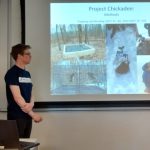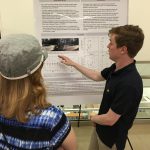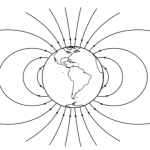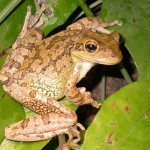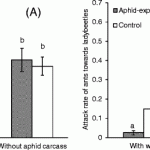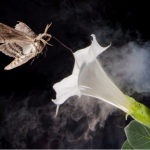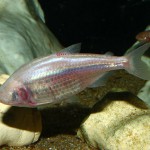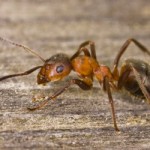This gallery contains 3 photos.
Classes have just ended, which means we have lots of opportunities to talk about our research. Nick and Aaron gave a talk today at the Neuroscience and Behavior Symposium about their work on social dominance and black-capped chickadee vocalizations. They’ll … Continue reading

